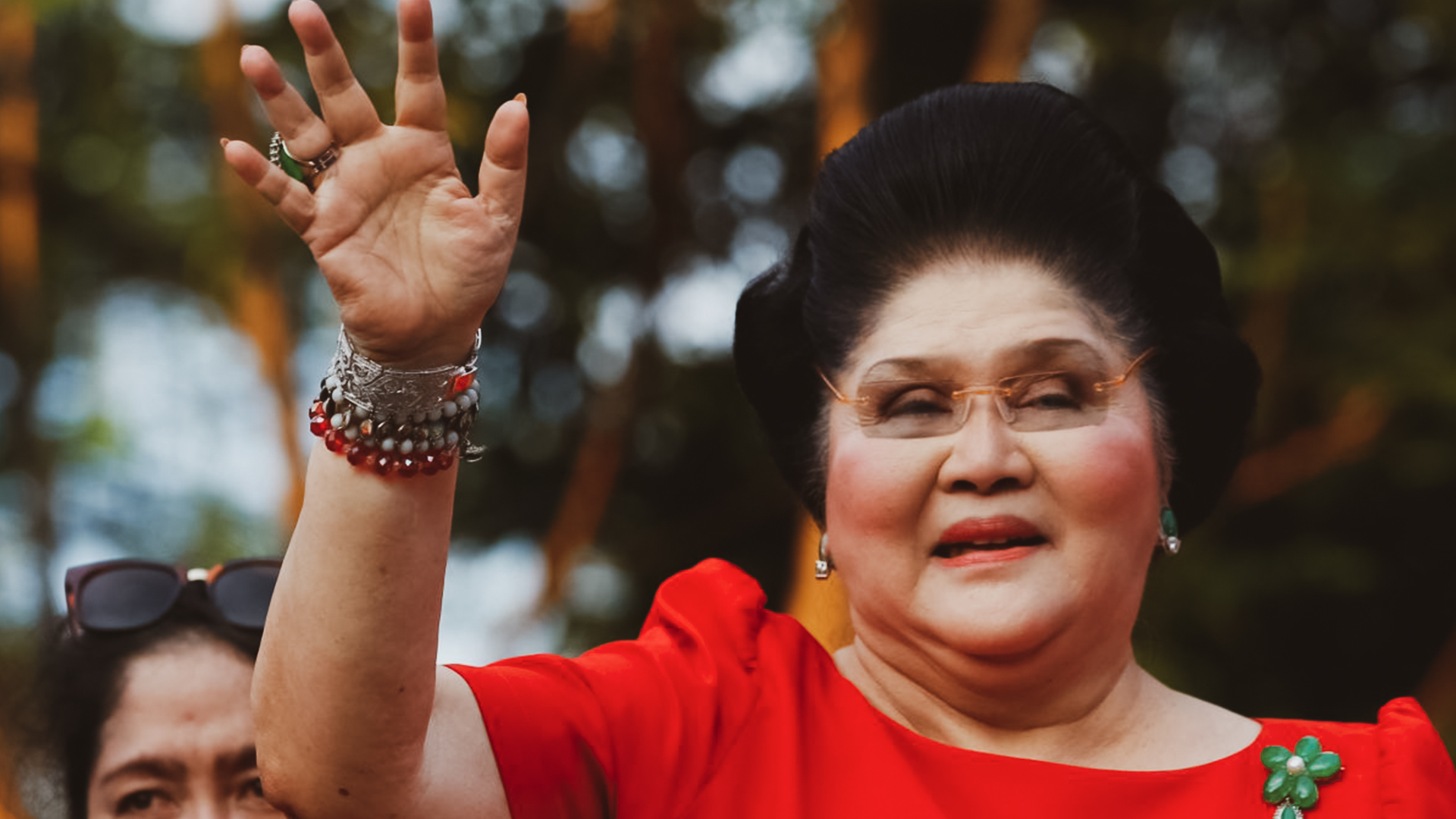
Miss Manila
10.03.2022
Imelda Marcos, former First Lady of the Philippines, is perhaps one of the most controversial female public figures of modern times. Imelda had power and wealth as the wife of late Filipino dictator Ferdinand Marcos, who ruled for two decades (1965-1986). She is admired for her glamour, yet despised for her extravagance. She is sometimes compared to Marie Antoinette.
Born on July 2, 1929, in Manila, the capital city of the Philippines, Marcos is best known as the former first lady of the Philippines. First, however, she was Imelda Remedios Visitacion Romualdez, the oldest daughter of a lawyer and a homemaker. She grew up with her five younger siblings and several older half-siblings from her father’s first marriage.
she graduated from Tacloban’s St. Paul’s College with a degree in education in 1952. That year she returned to a Manila that was buzzing with post-World War II construction, a city greatly changed from the city she had known as a child. Romuáldez caught the eye of many among Manila’s business and political elites, including the mayor, who in 1953 declared her the “Muse of Manila,” resulting in her picture appearing frequently in newspapers and magazines thereafter.
In the early 1950s, Marcos met another politician on the rise named Ferdinand Marcos. In 1954, only 11 days after meeting each other, Imelda and Ferdinand married in a small civil ceremony. The couple then threw themselves an elaborate bash for friends and family a month later.
In 1965 Marcos was elected president of the Philippines, and Imelda proved to be an invaluable asset. Her glamour initially had broad appeal, and she oversaw numerous beautification projects in Manila. The declaration of martial law during Marcos’s second presidential term, however, signaled a change in the domestic political climate. Although Imelda remained an asset abroad, opposition politicians characterized her as a drain on the national treasury and a proponent of nepotism during her appointments as governor of Metropolitan Manila (1975–86) and minister of human settlements and ecology (1979–86).
While many Filipinos lived in poverty, Imelda Marcos became known for her lavish spending. She traveled to New York City and other destinations to buy expensive fashions, high-end jewelry and other luxury items. Marcos had to have the finest of everything for the presidential residence — the Malacañang Palace. But all of this splendor was gained at the cost of the Filipino people. It is believed that the Marcos family and their cronies took billions from the country’s coffers.
Marcos called for elections in 1986, although Marcos claimed victory, evidence of massive voting fraud emerged, and the military withdrew its support for the embattled president. The Marcos family fled to Hawaii on February 25, 1986, leaving behind, among other things, Imelda’s massive shoe collection—a virtual shrine to excess that came to embody the corruption of the Marcos regime.

